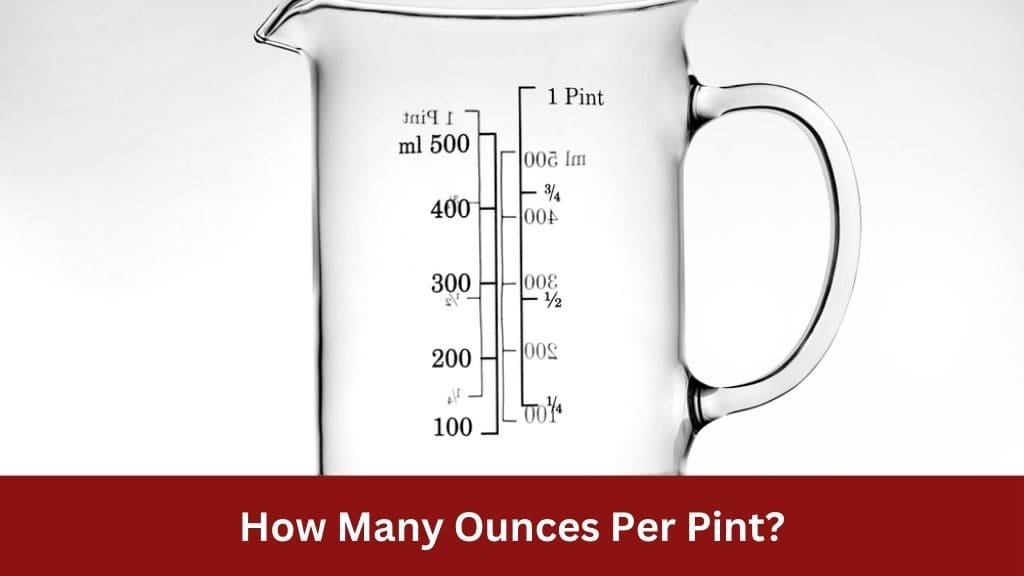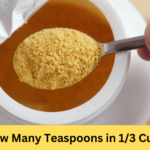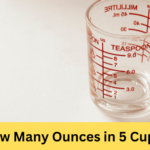In the world of measurement, understanding the relationship between ounces and pints is essential for various applications, from cooking to brewing. While these units might seem straightforward, there are nuances to consider, especially when dealing with different measurement systems. In this comprehensive guide, we’ll delve into the intricacies of ounces and pints, exploring their origins, variations, and conversion methods.
Variants of Ounces
The term “ounce” traces its roots back to ancient Roman measurement systems. Derived from the Latin word “uncia,” meaning “one” or “unit,” the ounce has a long history of usage. Originally, it was equal to 1/12 of the Roman pound (libra). Over time, the ounce evolved into various forms, including the avoirdupois ounce and the fluid ounce.
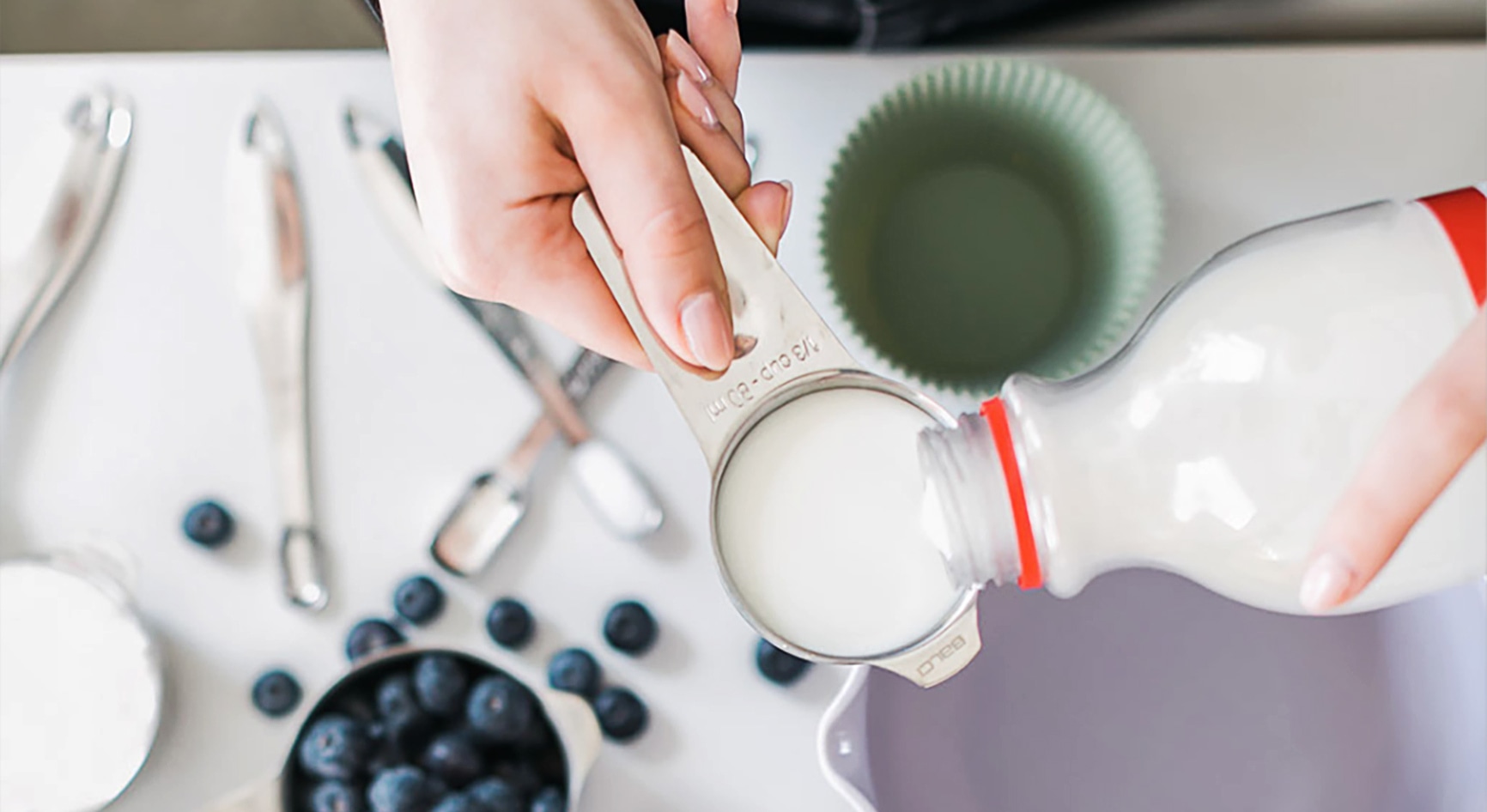
Avoirdupois Ounce
The avoirdupois ounce, abbreviated as oz, is the most common form of ounce used today. It is equivalent to approximately 28.35 grams and is utilized primarily in the United States customary and British imperial systems.
Fluid Ounce
The fluid ounce, denoted as fl oz, is a unit used specifically to measure the volume of liquids, not mass. It has several variants, including the imperial fluid ounce and the U.S. customary fluid ounce. Understanding these variants is crucial when dealing with liquid measurements.
Exploring Pints
Traditional Definitions
The pint is a unit of volume used in both the imperial and United States customary systems of measurement. Traditionally, it is equal to one-eighth of a gallon. However, there are variations between the imperial and U.S. definitions of the pint, leading to differences in volume measurements.
Types of Pints
- Imperial Pint: Approximately 568 milliliters, used in the United Kingdom, Ireland, and other countries following the imperial system.
- U.S. Liquid Pint: Approximately 473 milliliters, utilized in the United States for liquid measurements.
- U.S. Dry Pint: Approximately 551 milliliters, less common and used primarily for measuring dry ingredients.
Conversion Methods
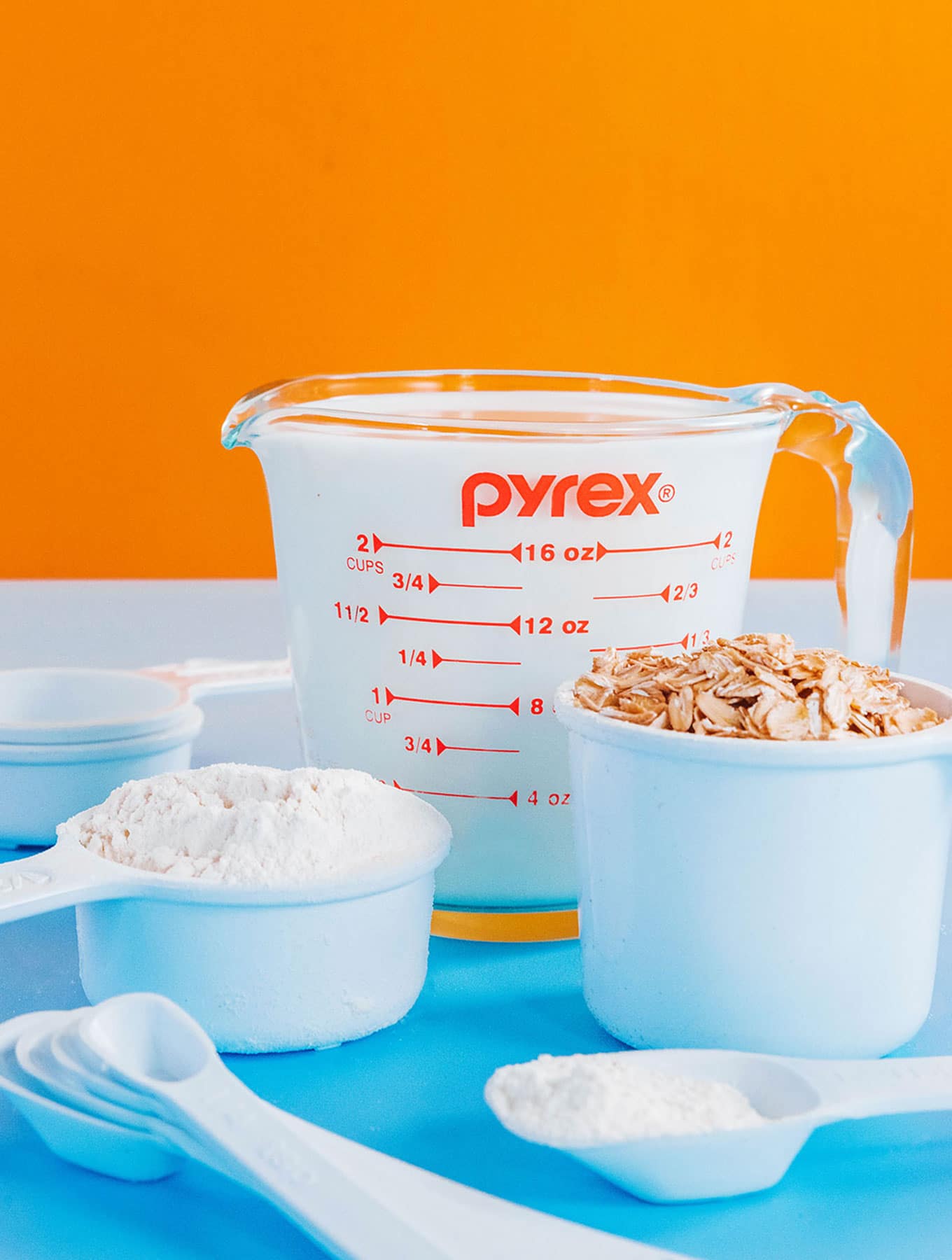
U.S. Pint Conversion
When converting ounces to U.S. pints:
- Conversion Factor: 1 U.S. pint = 16 ounces.
- Formula: To convert from ounces to U.S. pints, divide the number of ounces by 16.
UK Pint Conversion
Converting ounces to UK pints involves a different conversion factor:
- Conversion Factor: 1 UK pint = 20 ounces.
- Formula: Divide the number of ounces by 20 to convert to UK pints.
Metric Pint Conversion
The metric pint, used in certain countries, requires a distinct conversion method:
- Conversion Process: Multiply the number of ounces by the exact value of the ounce in milliliters, then divide by 500 milliliters (the volume of a metric pint).
- Formula: (Number of ounces * Milliliters per ounce) / 500
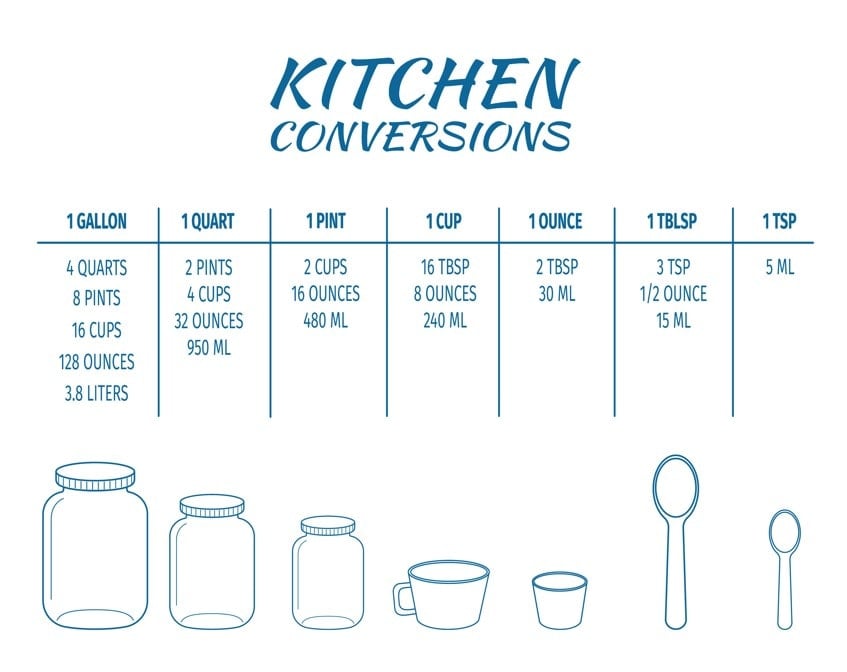
Practical Applications
Understanding the conversion between ounces and pints is invaluable in various scenarios:
- Cooking: Recipes often specify ingredients in ounces or pints, necessitating accurate conversions for successful cooking.
- Brewing: Brewers rely on precise measurements to create consistent batches of beer, with ounces and pints playing a crucial role in recipe formulation.
- Mixology: Bartenders use ounces and pints to measure ingredients for cocktails, ensuring the perfect balance of flavors.
Conclusion
In the realm of measurement, the relationship between ounces and pints is fundamental. Whether you’re cooking, brewing, or mixing drinks, knowing how to convert between these units is essential for achieving accurate results. By understanding the origins, variations, and conversion methods of ounces and pints, you can navigate the intricacies of measurement with confidence. So, the next time you encounter the question, “How many ounces per pint?” you’ll be well-equipped to provide an informed answer.

